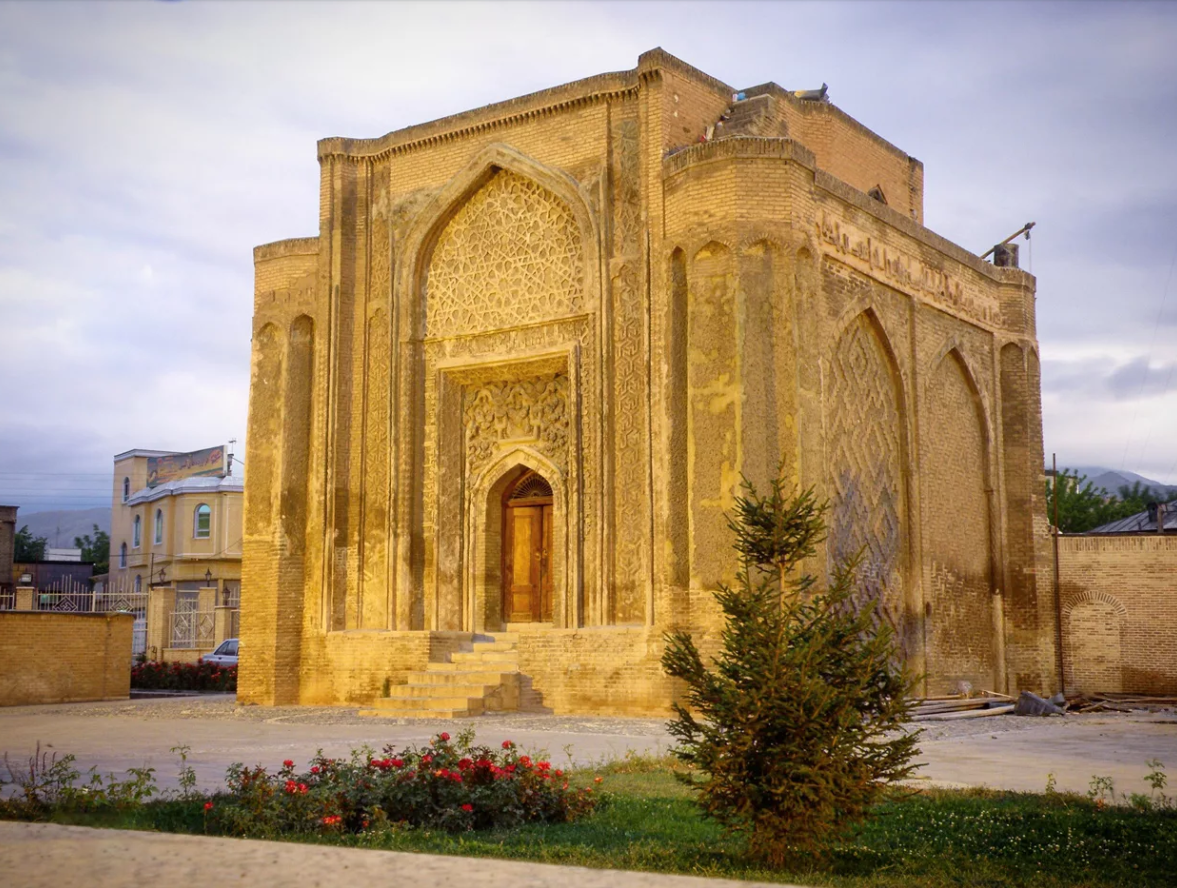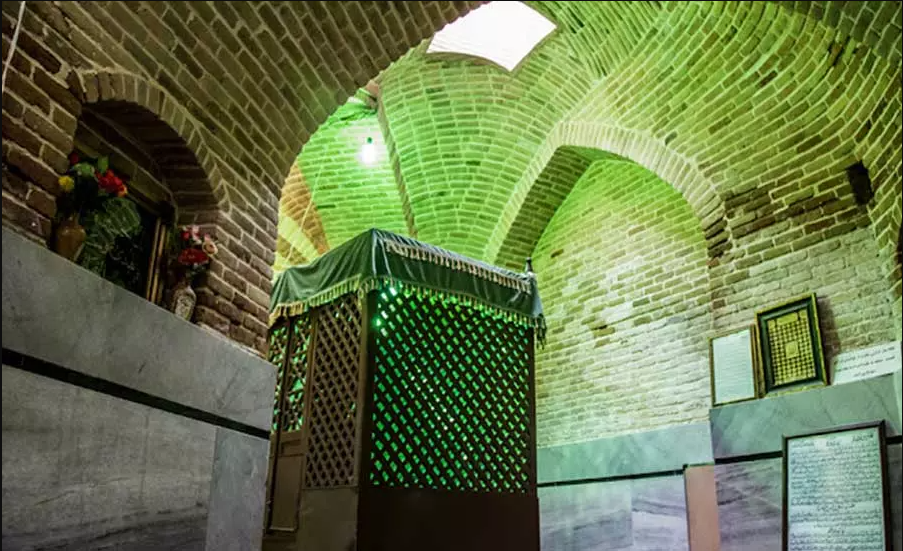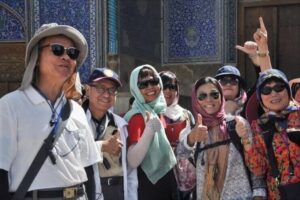The architecture of Iranian mosques combines indigenous traditions with Islamic art, expressed through eye-catching iwans, domes, minarets, and intricate tilework. In many ways, mosques serve as living museums, reflecting the evolution of Iranian and Islamic architecture. Hamedan Province is no exception, hosting numerous unique historical mosques.
The oldest mosque in Hamedan is the Grand Mosque, also known as the Jame Mosque. Most of what remains today dates back to the Safavid and Qajar periods. The mosque has undergone several restorations, and excavations over the years have uncovered significant archaeological findings. For instance, a 2004 excavation revealed a workshop dating back to the Safavid era.

Another significant historical mosque is the Prophet Mosque, where cultural elements from both Jewish and Islamic architecture can be observed. Followers of different religions, including Jews, have influenced Hamedan’s social and religious landscape. Over time, some religious minorities either migrated or converted, such as a group of Jews who embraced Islam, known as the Anosy. The Prophet Mosque reflects the interplay between architecture and urban design.

Another religious historical site in Hamedan is the Alevi Dome, which remains relatively unknown. Mosques were important not only for their architecture but also as centers of social gatherings, education, and culture. Many were built near schools, bazaars, and city squares, playing a central role in the lives of residents.
August 23 marks Hamedan’s National Day in Iran. Known historically as Hegmataneh, Hamedan boasts numerous historical mosques alongside its other attractions. The city draws many tourists each year and is truly worth visiting.







